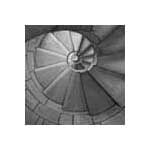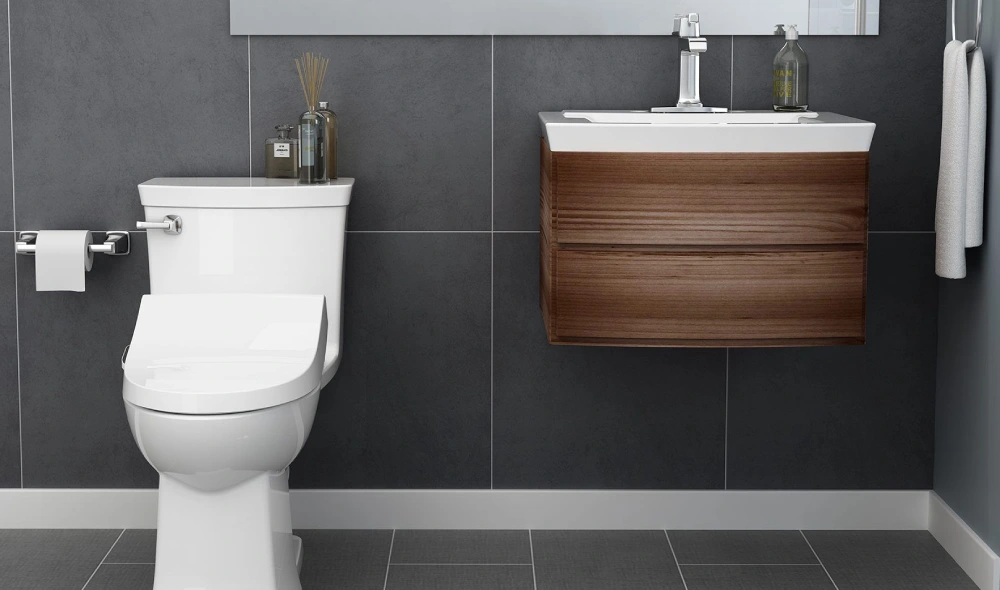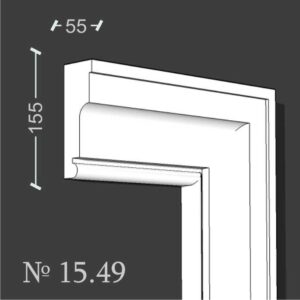Toilet overflow is one of the most frustrating plumbing issues. This occurs when the water in your toilet bowl gradually rises after every flush. It can be a nightmarish situation.
To worsen matters, tidying up the mess can be very gross and uncomfortable for many. A source of concern is not even repairing the toilet, it is getting rid of the mess afterwards.
It is highly essential to point out every step involved if you have encountered an overflowing toilet and ways you can tidy up the dirt afterward.
What are the signs of toilet overflow?
Whenever you notice these signs, you may have a toilet overflow problem on your hands:
- The water gradually drains when you have finished flushing or you see an increase in the level of water in your toilet bowl.
- Your toilet makes some noise after you flush or you perceive some bad odour.
- Your toilet bowl is dripping or makes a running noise.
- Your toilet flushes slowly and you perceive foul odour or weird noises. You have an overflowing sewage.
- You notice dampness or moisture around the toilet base. Your toilet pipes are wearing down.
- Your toilet is always clogging.
- You hear an odd, rumbling sound coming from your toilet.
Irrespective of where you reside in the United Kingdom, you can find toilet overflow plumbers in Wantage, Manchester, York, Birmingham, Bristol, Blackpool, Cornwall and more. If this situation is too problematic for you to handle, you can engage with a professional plumber who has the expertise and experience to solve it efficiently.
Tips to handle an overflowing toilet
You try flushing your toilet and observe the content is not clearing up. What is the next step?
Here are quick ways you can handle this situation:
Shut off the water supply
This way you can prevent the problem from worsening. Check if your toilet has a shut off valve at its lower end. If it isn’t there, take up the lid of the toilet and raise the float ball to shut the water flow.
Desist from flushing your toilet multiple times.
Even if you are tempted to do this, it is always a bad idea to repeatedly flush your toilet in this situation. It can create more problems for you. There are many causes of overflowing toilet. For instance, it could be as a result of full sewage tank or clogged pipe.
How do you clear the blockage in your toilet system?
As you have shut the water supply, the next step is to attempt to unclog your toilet and get it working properly.
To unclog your toilet DIY, you have to get the right plumbing tools such as:
- Bucket.
- Rags
- Plunger
- Hot water with soap
- Plumbing snake (auger)
- Gloves
Properly wear gloves before you try to fix your overflow toilet. Ensure you place some rags across your toilet to prevent overflow of water.
Next, use the plunger, especially the one with a flange, to dislodge the clog. But ensure the rubber cup is tightly sealed in the opening in the toilet. This will create a “vacuum effect” and ensure the loosening of the clog.
It is very crucial to clean up toilet overflow
It can be very frustrating to tidy up the mess from a toilet overflow, however, you need to do this quickly. Waste water is made up of human waste and a lot of germs which can be dangerous for your health. We strongly advise you to utilise your gloves when cleaning up. Also, use bleach solution to sanitise the floor if there are spills.
The more there is a pool of water, the more hazardous it becomes. You have to ensure all parts of your bathroom are dried up and the areas with black water are sanitised and tidied. You may need to carry out a replacement of your bathroom furniture, floor panel or wall board if it gets soaked into them.
How to prevent toilet overflow
Toilet overflow is a very problematic situation. Fortunately, there are easy and practical ways you can prevent it from occurring.
Let’s explore them below:
- Ensure you use toilet paper with moderation. Do not excessively use toilet paper.
- Place a small waste basket beside the toilet and always dispose of its content.
- Never flush items that are non-flushable, such as fruits peels, sanitary pads, diapers etc. Only human waste and toilet paper should be flushed down the toilet.
- Carry out routine maintenance through the use of plunger to get rid of minor blockage before they become problematic.
- Be sure to educate everyone in your home about the correct use of toilets and items that must not be flushed.













